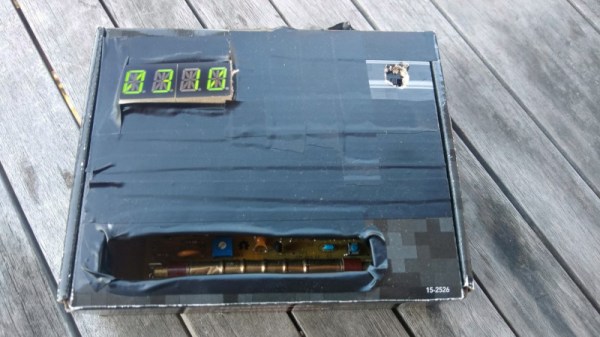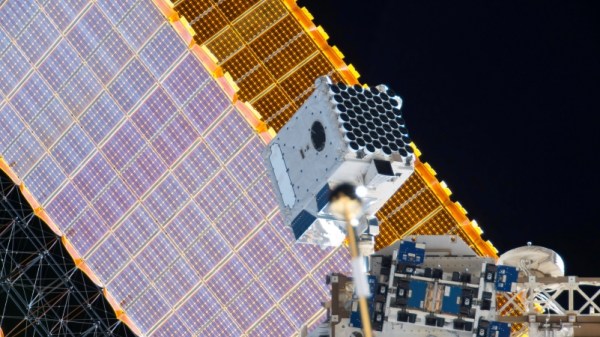All through the cold war, there was a high-stakes game of cat and mouse in play. Nuclear powers like the United States and the Soviet Union would hide submarines armed with nuclear missiles underwater. The other side would try to know where they were so they could be targeted in the event of war. The common wisdom was that the United States had many high tech gadgets to help track enemy submarines, but that the Soviet Union was way behind in this area. This was proven false when a Soviet Victor-class boat followed a US missile submarine for six days. Now, a recently declassified CIA report shows how the Soviets didn’t use sonar at all but developed their own technology.
There is something fascinating about submarines. Like an old sailing ship, submarines are often out of touch with their command bases and the captain is the final authority. Like a space ship, the submarine has to survive in an inimical environment. I guess in all three cases, the crew doesn’t just use technology, they depend on it.
Although the submarine has some non-military uses, there are probably more military subs than any other type. After all, a sub is as close to a cloaking device as any real-life military vehicle has ever had. Before modern technology offered ways to find submarines using sonar or magnetic anomalies, a completely submerged submarine was effectively invisible.
There was a lot of speculation that the Soviet Union lacked sufficient technology to use sonar the way the US did. However, in some cases, they had simply developed different types of detection — many of which the West had discarded as impractical.
Continue reading “Hide Silent, Hide Deep: Submarine Tracking Technologies Of The Cold War”


















